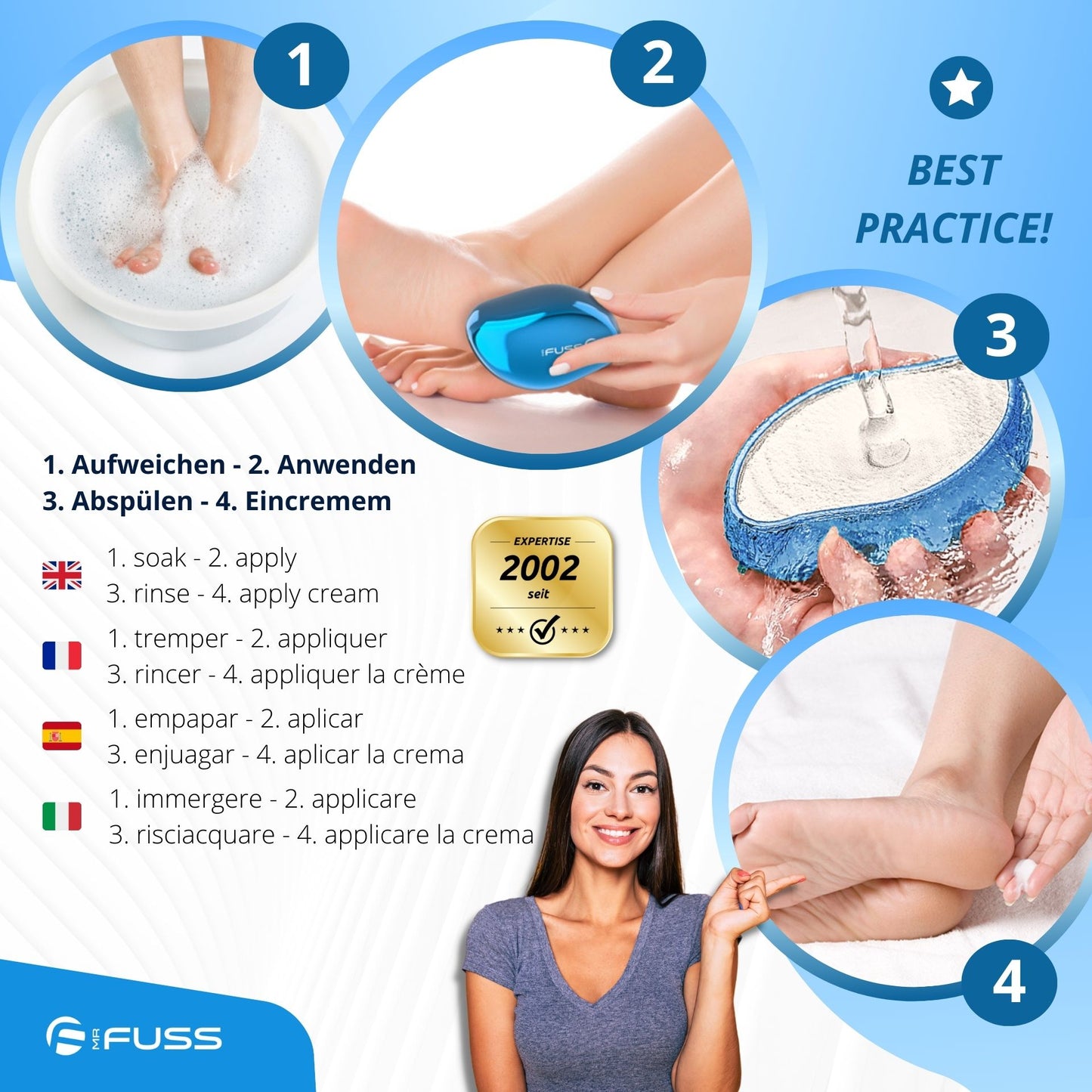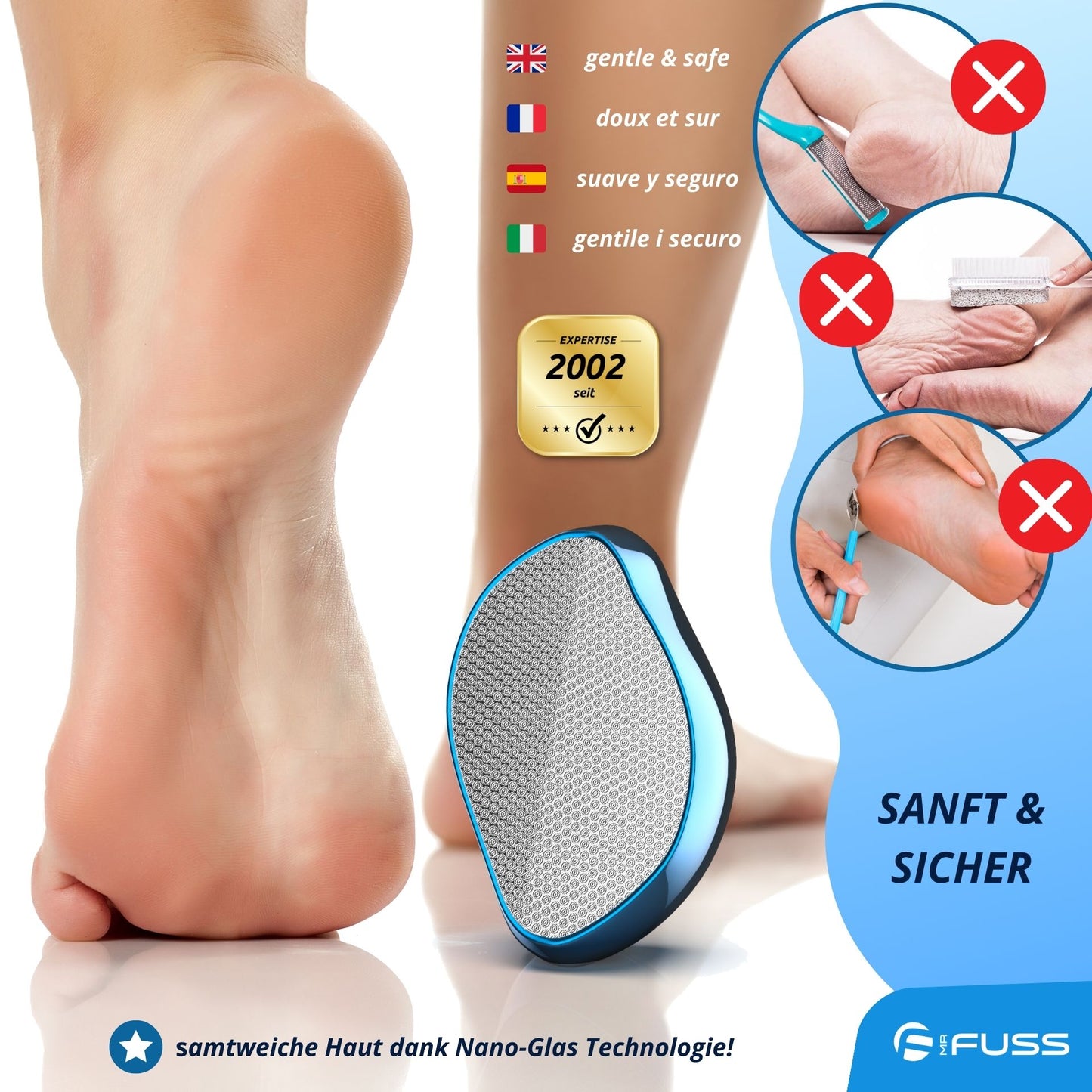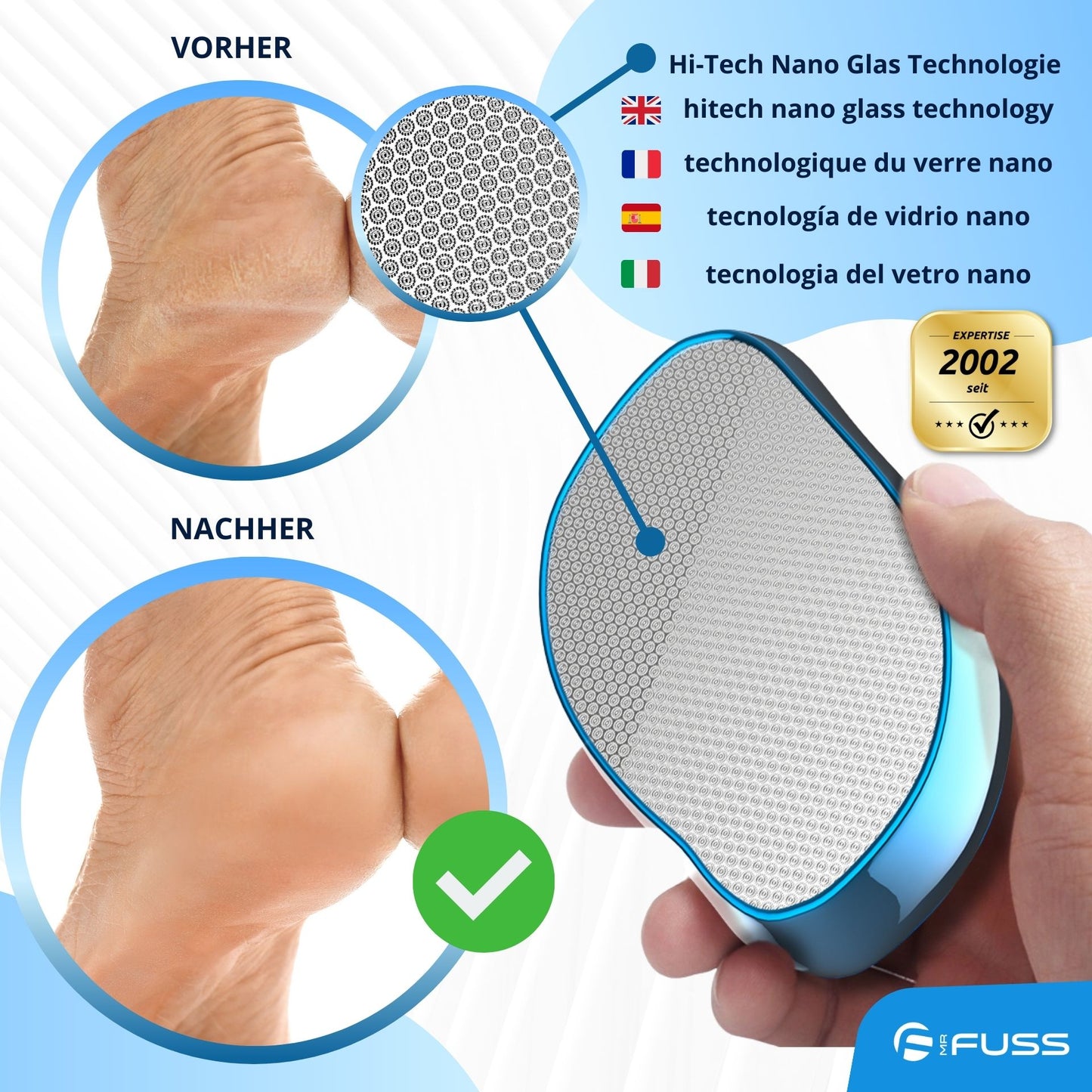Signs that you should see a podiatrist
What is a podiatrist?
A podiatrist is a medical foot care professional. He deals with podiatry, which describes the non-medical healing of the foot. Accordingly, a podiatrist or podologist may also perform medical treatments on your foot. Cosmetic foot care, on the other hand, only provides care and cosmetic changes.
What tasks does medical foot care perform?
Accordingly, the podiatrist examines your foot health. At the beginning, a conversation is held about your complaints concerning the foot. Afterwards, the podiatrist looks at your feet to check for pathological changes.
On the one hand, his field of activity can include nursing tasks, which can also include cosmetic foot care or you yourself. For example, you can enjoy a foot bath or treat your dead skin have them removed.
However, the crucial difference is medical treatments of the foot. For example, diabetics and rheumatism patients in particular often go to a podiatrist. With comprehensive knowledge of foot health, you can optimally treat high-risk patients, professionally care for the foot in the case of nerve damage or take over the follow-up treatment of the foot after an operation.
When is podiatry medically necessary?
While healthy people can usually care for their feet themselves without worry or have them treated by a cosmetic podiatrist, some medical conditions require medical knowledge about foot health.
Diabetics
Diabetics in particular should watch for signs of whether medical foot care is needed. In the case of diabetic foot syndrome, curative treatments are of immense importance, which is why the podological treatment in this case is often covered by health insurance.
Podiatry check for diabetes
The following signs can give diabetics an indication that a visit to the podiatrist is necessary.
- Every now and then you feel a Tingling or formication in your feet. Your feet sometimes burn.
- Lately you suffer more often from painful feet.
- You notice from time to time a unusual temperature sensation in the feet.
- Your feet feel in between numb to the touch.
- You have the feeling that your feet are very weak. Possibly this leads weakness even to a unsteady gait.
- Small injuries you do not feel or only barely.
- Small wounds on the feet occur frequently and heal poorly.
- Recently, you have often experienced muscle and calf cramps.
- The skin on your feet is dry and cracked.
- When you look at your foot you see Redness, weals or swelling.
Persistent athlete's foot
Also for the professional treatment of athlete's foot, a podiatrist may be advisable. In particular, if self-trials have failed to contain the fungus, a remedial treatment can be of advantage. A podiatrist or podologist can treat the fungus optimally and advise you on how to prevent athlete's foot permanently.
Signs of athlete's foot
Athlete's foot makes itself known with a few symptoms. The following signs can be a medical treatment of your foot:
- Scaly skin on the feet
- Small tears on the feet or between the toes
- Weeping, white skin in the spaces between the toes
- Redness between the toes
- Itching on the soles of the feet or in the spaces between the toes
- Burning between the toes or on the sole of the foot
Problematic toenails
Toenails can also cause severe discomfort. Medical foot care can treat the nails and eliminate pain, for example, with a nail brace. Rheumatism patients in particular suffer more from a malposition of the toes, which can lead to pain and further discomfort.
Nail complaints for the podiatrist
The following complaints on the toes can be treated by a podiatrist:
- Toe malposition
- Curled toenails
- Painful ingrown toenails
- Nail fungus
In addition, a podological treatment should be considered with advancing age. If independent correct foot care is no longer possible for you due to age, physical weakness, overweight, etc., a regular visit to the podiatrist is recommended.
In some cases, podiatry is also consulted when foot surgery has taken place. A podiatrist has sufficient medical knowledge to ensure professional aftercare.










